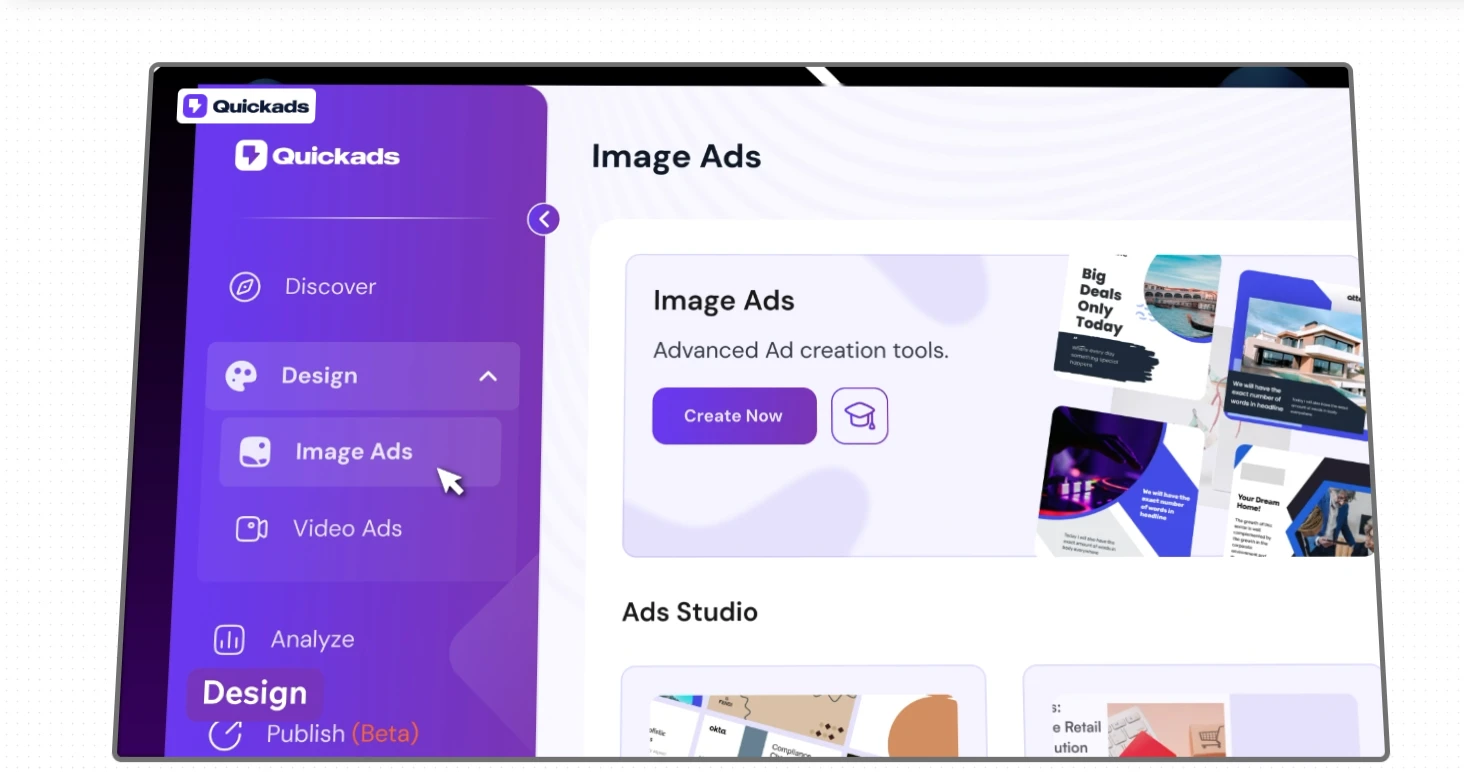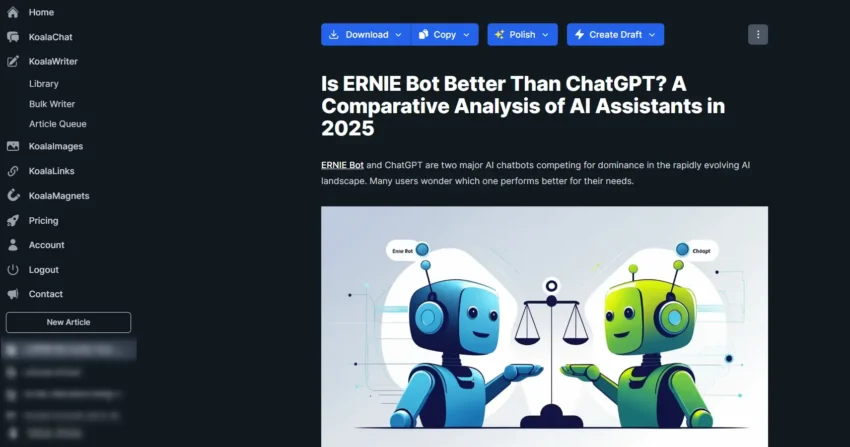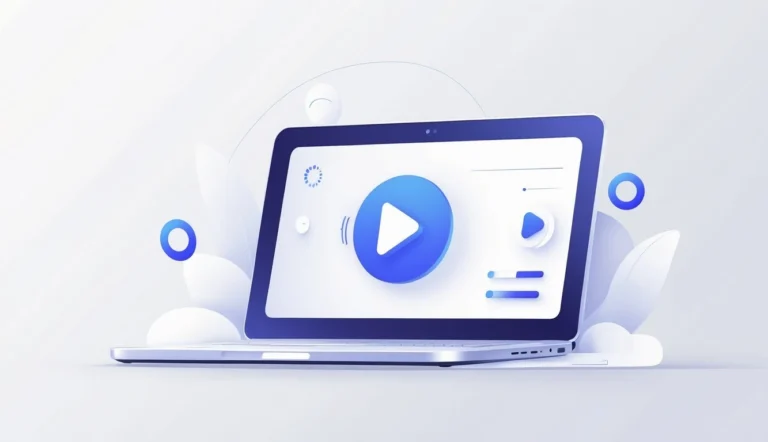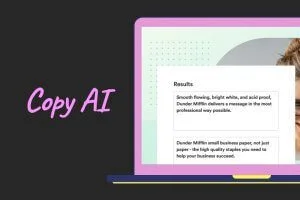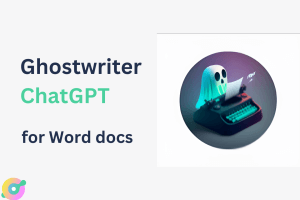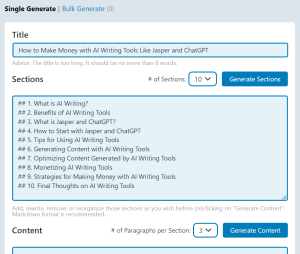How Tools Like Creatify.ai, Arcads.ai, Quickads.ai, and Predis.ai Simplify Ad Creation.
Have you noticed how making ads is getting simpler, faster, and more creative? That’s because AI ads are taking over and changing the way you approach advertising.
With AI-powered tools, you can now create attention-grabbing ads in just seconds.
You no longer need a big team or spend hours making videos or images.
Tools like Predis.ai, Arcads.ai, Quickads.ai, and Creatify.ai are making it easy for anyone to generate quality ads—even if you’re not a designer or video editor.
Imagine typing a few words and having a polished ad ready to share. That’s what these AI ad generators offer: quick results and less stress for you.
In this post, you’ll see how these new tools work and how you can use them to save time while boosting the impact of your marketing.
AI Ads: What You Need to Know
AI ads are changing how you market to people online. You see smarter ads that save time, cut costs, and often match what you’re looking for more closely.
These tools let you build ad campaigns using simple steps and easy interfaces, no matter your experience level.
If you work in marketing, or you just want to sell something online, using AI helps you launch ads much faster. Instead of spending hours writing text and searching for good images, tools such as creatify.ai or predis.ai do most of the work for you.
AI ads aren’t only for big brands. Even small businesses and freelancers are using these tools. With just a few clicks, you can create videos, catchy headlines, and images. Many of these platforms even suggest improvements, so your ads keep getting better.
You don’t have to learn code or be a designer. If you can type and follow short steps, you can start using AI ad tools today.
What are AI ads?
AI ads are digital ads (assets) created or improved with help from AI tools. Such platforms analyze data and trends to predict what kind of ad your audience will like most.
You might use a service like predis.ai to generate social posts with images and text in seconds. Some tools create videos, suggest headlines, or pick out images that match your offer.
These ads often get tested and changed in real time. The AI looks at how people react to each version, makes updates, and shows the best-performing ads more often.
This means higher chances of people clicking or buying.
When you AI for ads, you cut down the time it takes to make ads. This makes digital marketing more accessible for everyone, not just experts or big companies.
How AI changes the way ads are made
You don’t have to come up with every idea yourself. AI tools use large amounts of data to learn what works and create ads that fit your needs.
Here are some ways these tools work for you:
- Predict which words and images will grab attention.
- Create ad content quickly from short prompts.
- Adjust ads in real time, showing better versions more often.
Platforms like arcads.ai let you turn text into video ads almost instantly. If you want influencer-style content, creatify.ai creates videos that look like they were made by real people. This saves time and can lower costs because you don’t need to hire a whole creative team.
Many tools help you test different styles, headlines, or images at once. The software then shows the best-performing options. You get better results, even if you don’t have much experience.
Working with AI-powered ad generators also makes it easy to schedule, edit, and manage many ads at once. Everything happens on a single dashboard.
Common AI ad formats
AI can generate several types of digital ads. Here is a table showing the most common types:
| Ad Format | What AI Does | Example Tools |
|---|---|---|
| Image ads | Picks pictures, adds text | predis.ai, quickads.ai |
| Video ads | Creates short video clips | arcads.ai, creatify.ai |
| Carousel ads | Designs several slides in one | predis.ai |
| Social posts | Writes and posts social content | creatify.ai, predis.ai |
Most AI ads start as simple text or short prompts you provide. The platforms use built-in options to match your brand style and message.
Video ads have become a big trend because AI can now generate actors, voices, and even full scripts. Image ads are still strong, especially for sales and awareness campaigns where a quick visual message works best.
You also get ads in many shapes, like banner ads or posts for Instagram, Facebook, or TikTok. This way, you reach people wherever they spend their time online, with ads that feel new and relevant.
Key Tools for AI Ad Creation
You want your ads to stand out. Using AI to create ads gives you more options, saves you time, and helps your business get noticed.
Some of the best AI ad generators each offer different features. Below, you’ll learn about their key strengths so you can choose the right one for your next ad campaign.
Creatify.ai
Creatify.ai is focused on making video ads from product URLs. You just enter your product’s web address, and the tool pulls information to build an ad automatically.
You can choose from several video templates. Creatify.ai also adds product images and text to fit the layout. This helps you finish ads faster, especially for e-commerce stores with lots of products.
The platform uses simple controls. You don’t need design skills or experience to make good-looking video ads. It even offers background music and different font options.
Batch processing lets you create many ads in one session. This speeds up your workflow and helps you show more products online.
Arcads.ai
Arcads.ai lets you design engaging social media ads with realistic user-generated content (UGC) styles. The tool generates videos where people seem to interact with your brand, helping you build trust with your audience.
You get an editor that allows you to change voice, background, and even the script. Arcads.ai has libraries with influencers and avatars, so you can pick who presents your product in the ad.
Customization is simple. You can adjust colors, add your brand logo, and choose the social platform size. The system uses AI to edit your script for better engagement and clarity.
Arcads.ai is designed for brands that want to look authentic. If you want your ads to blend in with real posts and user reviews, this tool meets that need.
Quickads.ai
Quickads.ai is all about speed and easy use. The tool makes picture and video ads that look professional with very little effort.
You pick the ad type, upload images, and enter your main message. Quickads.ai then fills out the design, chooses the best layout, and adds visuals to fit your goals.
Templates come preset for common ad sizes and platforms, so you don’t have to worry about resizing. The scheduling tool lets you plan and publish your ads in advance.
Quickads.ai also offers a free trial and lets you test how different ad versions perform. This can help you find what style works best for your audience.
Predis.ai
Predis.ai helps you create and manage your entire ad campaign from one place. You can make images, videos, and even the ad copy using AI.
The tool suggests hashtags, schedules posts, and edits your creative work. You get data reports and feedback to see what’s working and what isn’t, so you can improve future ads.
Predis.ai stands out because it covers everything: design, scheduling, and performance tracking. If you manage several social accounts, this gives you control without having to switch between different tools.
Many users appreciate the templates, competitive analysis, and the ability to plan all content in one dashboard.
Best Practices For Using AI In Advertising
Using AI in ads can help you save time and improve your results. When you use the right tools, reaching your target audience gets easier. Clear goals, the right software, and tracking your success matter most.
Focus on what you want to achieve, which platform or tool best fits, and how you’ll measure what works. Each step matters if you want your campaigns to work better and waste less money.
Let’s cover the practical details so you feel comfortable applying AI in your advertising strategy.
Setting advertising goals
Every effective ad campaign starts by knowing what you want to accomplish. Take time to set clear, specific goals. This could mean increasing website visits, gaining new followers, boosting purchases, or getting more app downloads.
Use the SMART method:
- Specific: Avoid vague goals like “get more leads.” Instead, use “get 500 new leads this month.”
- Measurable: Track numbers, like clicks or sales.
- Achievable: Set goals you can reach with your budget.
- Relevant: Choose goals that fit your business.
- Time-bound: Include deadlines, for example “this quarter” or “by June.”
When using AI tools for ads, think about how AI can help you quickly meet your goals. For example, automated video ad creation can support a goal to post more often on social media without extra staff.
Choosing the right AI tools
You have a growing range of AI tools to choose from. Select one that fits your needs, skill level, and budget.
Some tools focus on video while others work best for rapid campaign building.
Cover these key points when making your choice:
- Ease of use: Can you and your team use the platform with little training?
- Output format: Does it produce images, videos, or both?
- Customization: How much control do you have over the ad content?
- Platform integration: Can it link directly to Facebook, Instagram, or other channels?
- Cost: Are the features worth the price for your needs?
Compare trial versions before you buy. Some provide templates that let you make new videos fast, while others focus on user-generated video-style ads.
You may also want tools that offer predictive analytics if you want deeper reporting.
Measuring campaign performance
After launching your ads, always track and study performance data. This makes sure your investment leads to real results. Don’t rely on guesswork or impressions.
Focus on these performance metrics:
- Click-through rate (CTR): Shows if people are clicking your ad.
- Conversion rate: Tracks how many take action, like signing up or buying.
- Cost per click (CPC): Shows what you pay for each person who clicks.
- Return on ad spend (ROAS): Measures profit gained from each dollar spent.
- Engagement rate: Monitors likes, shares, or comments.
Many AI tools include dashboards with charts and tables to show you these numbers. Check your reports weekly. If ads are underperforming, tweak your content, targeting, or budget.
If a specific platform gives more detailed insights, use that info to improve future campaigns.
Always compare data against your original goals, so you know what’s working and what needs improvement. This keeps your ad strategy focused and effective.
Future Trends in AI Advertising
AI ads are changing fast. You now have access to advanced tools that can help you create eye-catching ad content faster and with less trouble.
Innovation is making ad creation faster, more personal, and less expensive. But, using AI also brings up new questions about fairness, transparency, and what is right.
Advances in creative automation
Creative AI tools keep improving. They now do more than edit a picture or write a headline. You can enter short details about your product, and these tools will generate full video ads, custom images, or even scripts in minutes.
You see this with tools such as Creatify and Arcads, which use AI actors to make video ads that look professional and polished.
QuickAds and Predis let you pick your target audience and brand style, then create multiple ads matched to your needs. Most of these tools allow you to preview changes, try different ad versions, and get feedback on what works best.
Key features often include:
- Smart content suggestions (texts, images, backgrounds)
- Fast version testing and instant feedback
- Templates for every major social media platform
- AI actors, voiceovers, and music
This means you can now launch new campaigns very quickly without a big creative team.
Ethical considerations
While using AI in ads brings many benefits, it also raises questions about privacy, fairness, and transparency. You should make sure your ads do not unfairly target one group or use personal data in ways people do not expect.
There is growing interest in making AI-powered advertising more open and honest.
Some platforms show what data is being used or allow people to opt out of certain tracking features.
Ethical practices include:
- Disclosing when content is generated or changed by AI
- Not using misleading deepfakes or fake testimonials
- Respecting privacy and data protection rules
By focusing on honest messaging and responsible use of customer data, you can get the best results from AI while keeping your campaigns safe and fair for everyone.

